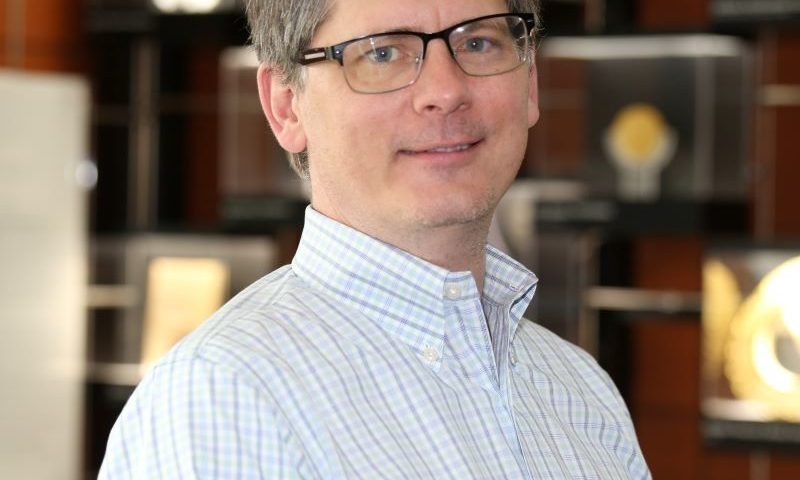It’s no secret: Amyotrophic lateral sclerosis (ALS) is a tough nut to crack. And no one knows that better than Biogen, which in 2013 saw its last ALS effort, dexpramipexole, go up in flames in phase 3.
“That drug focused on a rather imprecise mechanism … and the data were pretty clearly negative,” Toby Ferguson, M.D., Ph.D., head of Biogen’s neuromuscular development unit, told Fierce Biotech. But instead of calling it quits, Biogen doubled down on ALS research and “rewired how we think about ALS,” he added. In fact, that’s what lured Ferguson to the company from his post as an academic neurologist.
Rather than focus on drugs with specific mechanisms, like anti-inflammatories, the Big Biotech pivoted to medicines that target genetic mutations. Now, it’s unveiling full phase 1/2 data for a prospect that emerged from this shift: tofersen, an antisense oligonucleotide licensed from Ionis Pharmaceuticals.
Tofersen is designed for patients with a genetic form of ALS, stemming from a mutation in the SOD1 gene. About 10% of ALS cases have a known genetic driver; of those, one-fifth are linked to the SOD1 mutation. These patients produce a faulty SOD1 protein that misfolds in nerve cells in the brain and spinal cord, leading to loss of control over muscles, then paralysis and, eventually, death.
The study pitted four doses of tofersen against placebo in 50 patients over three months. It found the highest dose, 100 mg, reduced the amount of SOD1 protein in patients’ cerebrospinal fluid (CSF) by more than one-third (36%), compared with a drop of just 3% in patients taking placebo. The findings appear in The New England Journal of Medicine.
The trial was small, with 10 patients getting the 100-mg dose and 12 patients on placebo, but it’s the “first step on the way to showing [the drug] may be important clinically.”
The decrease in CSF levels of SOD1 reflect similar drops of the protein in the spinal cord and brain, Ferguson said. “It’s an assumption, but we think it’s a valid assumption.”
The study also looked at a handful of exploratory clinical endpoints, namely patients’ scores on a 48-point scale that measures the severity of ALS, their breathing and their muscle strength. Patients taking the highest dose of tofersen saw their ALS Functional Rating Scale score decrease by an average of 1.2 points, while the placebo group saw their score increase by an average of 5.63 points.
“What we saw is a decline in ALS function, breathing and strength that was much greater in the placebo groups than in the treated groups,” Ferguson said. “That said, if I were critical, I could poke holes in any one piece of those data, but we also have the data that SOD1 is being reduced.”
Taken together, the different pieces paint a promising picture for tofersen, albeit one that has to be confirmed in its 183-patient phase 3 study slated to wrap in July 2021.
Headache, lumbar puncture syndrome and falls—which are consistent with ALS—were among the most common side effects. Five tofersen patients and two placebo patients suffered severe side effects, and three patients died. One placebo patient and one tofersen patient died of respiratory failure, while a second tofersen patient died of a pulmonary embolism, or a blood clot in a lung artery.
Biogen has two other ALS programs behind tofersen: an Ionis-partnered antisense drug that targets mutations in the C9orF72 gene, as well as a drug that blocks the protein exportin 1 (XPO1). Although 90% of ALS cases are considered “non-genetic,” Biogen thinks there is an underlying genetic piece to these patients. It hopes to translate the lessons it learns from its work in SOD1 and C9orF72 into other populations, Ferguson said.
Next up, the company is working on a collaboration around ataxin-2, another protein that plays a role in ALS. It hopes to learn more about the biology of the disease from looking at genetically defined populations and then apply those findings to the broader population.

